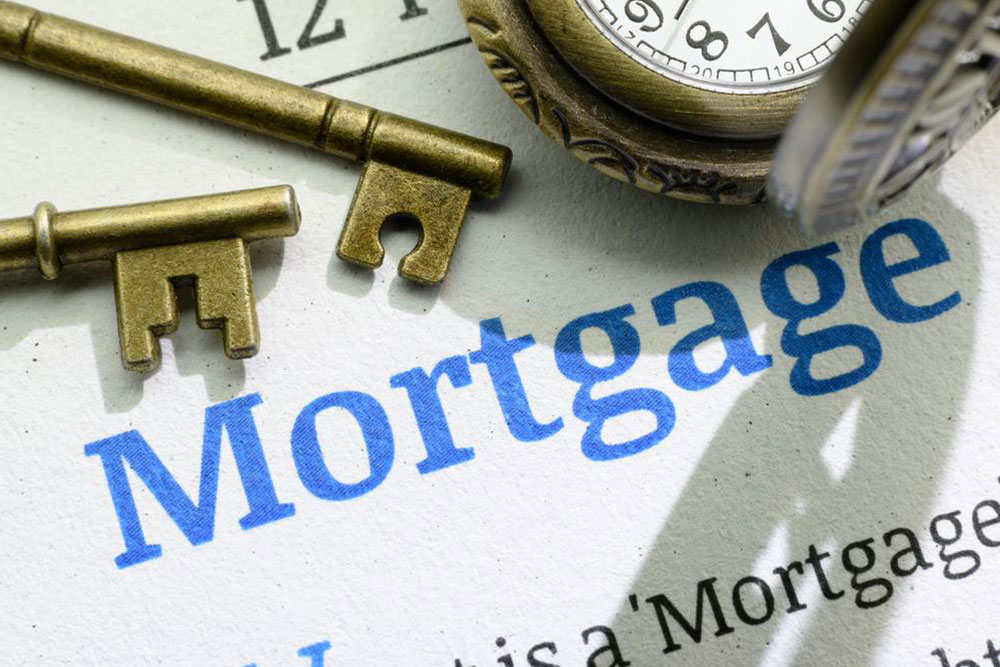Comparing Fixed-Rate and Adjustable-Rate Mortgages: Which One Suits Your Financial Goals?
This comprehensive guide compares fixed-rate and adjustable-rate mortgages, highlighting their features, advantages, and risks. Learn how to choose the best mortgage type based on your financial plans, market conditions, and risk tolerance. The article offers insights into key terms, benefits, and drawbacks of each loan option, helping homebuyers make informed decisions for long-term stability or savings. Perfect for prospective homeowners seeking clarity on mortgage options and market trends in real estate finance.

An In-Depth Look at Fixed-Rate vs. Adjustable-Rate Mortgages
Choosing the right mortgage is a critical decision for any homebuyer, impacting your financial stability and overall affordability. Among the most common options are fixed-rate mortgages and adjustable-rate mortgages (ARMs). Each offers unique advantages and disadvantages that can influence your buying decision depending on your circumstances, market trends, and long-term plans. Understanding the core differences, potential risks, and benefits of these two mortgage types can help you make an informed choice that best aligns with your financial goals.
Many homebuyers lean toward a 30-year fixed mortgage because of its predictability and stability. This type of loan guarantees consistent monthly payments over the loan term, making budgeting straightforward and providing peace of mind against fluctuating interest rates. Conversely, adjustable-rate mortgages are appealing to some due to their typically lower initial interest rates, which can lead to immediate savings and lower monthly payments in the early years. However, ARMs come with variability; their rates can fluctuate over time based on market conditions, which could lead to higher payments later.
Let's explore these options in detail to help you determine which mortgage type is the best fit for your financial situation:
Fixed-Rate Mortgages: These loans maintain the same interest rate throughout the loan’s duration. They are often favored by first-time homebuyers and those who prefer stability. Since the rate is locked in, monthly payments remain consistent, allowing for better long-term budgeting and financial planning. The predictability of fixed-rate mortgages makes them a popular choice, especially in a stable or declining interest rate environment.
Adjustable-Rate Mortgages (ARMs): Most ARMs start with a fixed interest rate for an initial period, which can range from 3, 5, 7, or 10 years, depending on the loan terms. After this initial fixed period, the rate adjusts periodically based on an underlying index, such as the Cost of Funds, LIBOR, or Treasury Bills. These adjustments can occur annually or even more frequently, such as monthly, depending on the ARM specifications. The initial rates are generally lower than fixed rates, making ARMs attractive for borrowers planning to sell or refinance before rate adjustments begin or expecting income growth.
If you're uncertain about the best option, fixed-rate mortgages offer unparalleled predictability. Here are some scenarios where each mortgage type might be advantageous:
Short-term stays or plan to move: ARMs with lower initial rates can help save money initially, making them suitable if you plan to move or refinance within a few years.
Market conditions favoring fixed rates: In a declining interest rate environment, locking in at a fixed rate can prevent future higher payments, providing security and stability.
Risk tolerance: If you prefer certainty and less financial risk, fixed-rate mortgages are a safer, more predictable option.
Potential for rate increases: Significant increases in interest rates can cause a hike in ARM payments, which can challenge budgets; fixed rates mitigate this risk.
Related: Steps to Take After Paying Off Your Mortgage
Understanding key mortgage terms is essential when choosing between fixed and adjustable-rate loans:
Adjustment frequency: How often the interest rate is recalculated after the initial fixed period—monthly, quarterly, annually, etc.
Adjustment indexes: Benchmarks such as the Cost of Funds, LIBOR, or Treasury Bills that influence rate changes.
Margins: The percentage added to the index to determine the new interest rate during adjustments.
Caps: Limits set on how high the interest rate or monthly payments can rise, offering protection against extreme rate increases.
Advantages of fixed-rate mortgages include:
Simplicity: Easier to understand and manage, ideal for first-time buyers.
Financial predictability: Fixed payments enable straightforward budgeting.
Protection from market fluctuations: Your rate remains unchanged regardless of interest rate movements.
Compared with ARMs, fixed-rate mortgages have certain drawbacks:
Higher initial interest rates: Fixed rates are usually more expensive upfront since they don’t decrease if market rates fall.
Refinancing requirements: To benefit from falling rates, you may need to go through refinancing, which involves additional costs and paperwork.
Lack of flexibility: Fixed loans tend to have uniform terms across lenders, offering less room for customization.
Before making a decision, conduct thorough research and consider your long-term financial plan. Remember, choosing an ARM solely for its lower initial payments might not always be the best strategy—careful analysis of potential future costs is essential to avoid surprises.
Stay updated on mortgage trends and news. Like us on Facebook and follow us on Twitter for the latest insights and tips on home financing.





